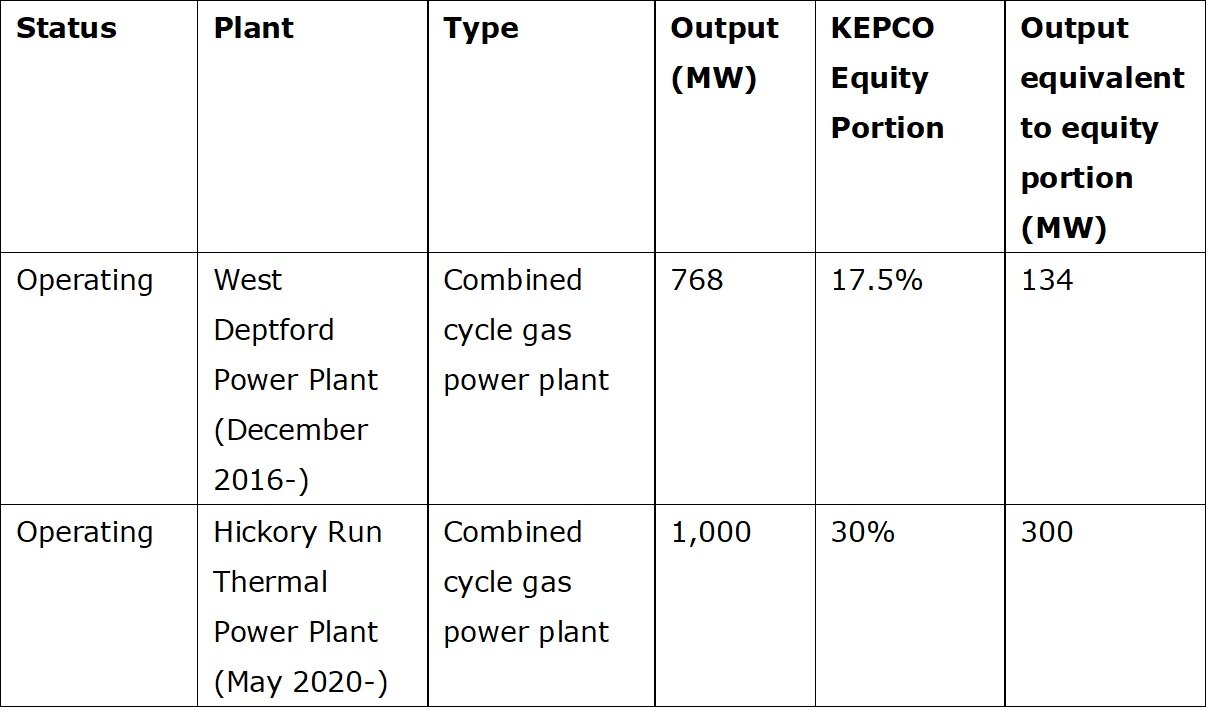On July 14, 2020, Sumitomo Electric Industries (Headquarters: Osaka City, Sumitomo Electric) announced that its redox flow battery was selected for Hokkaido Electric Power Network’s (Headquarters: Sapporo City, Hokkaido Prefecture) wind energy grid interconnection expansion project. The project aims to connect fifteen wind power generation facilities, reaching a total capacity of 162MW.
In this project, Sumitomo Electric will install and maintain a redox flow battery with an installed capacity of 51MWh at Hokkaido Electric Power Network’s Minami-Hayakita Substation which is located in Yufutsu District, Hokkaido Prefecture. A redox flow battery is a type of battery storage that charges and discharges via the oxidation-reduction reactions (redox reactions) of metal ions in the electrolyte. Sumitomo Electric’s redox flow battery features a long life, high reliability, and durability to fire hazards.
The installation of Sumitomo Electric’s redox flow battery will begin in FY 2020 and is expected to be completed by the end of March 2022. The operational period is scheduled from April 2022 to March 2043. Prior to this installation, Hokkaido Electric Power Network has been conducting a large-scale demonstration project since 2015 using Sumitomo Electric’s redox flow battery at Minami-Hayakita Substation to test its operational reliability and safety. [1]
[1] https://sei.co.jp/company/press/2020/07/prs078.html




